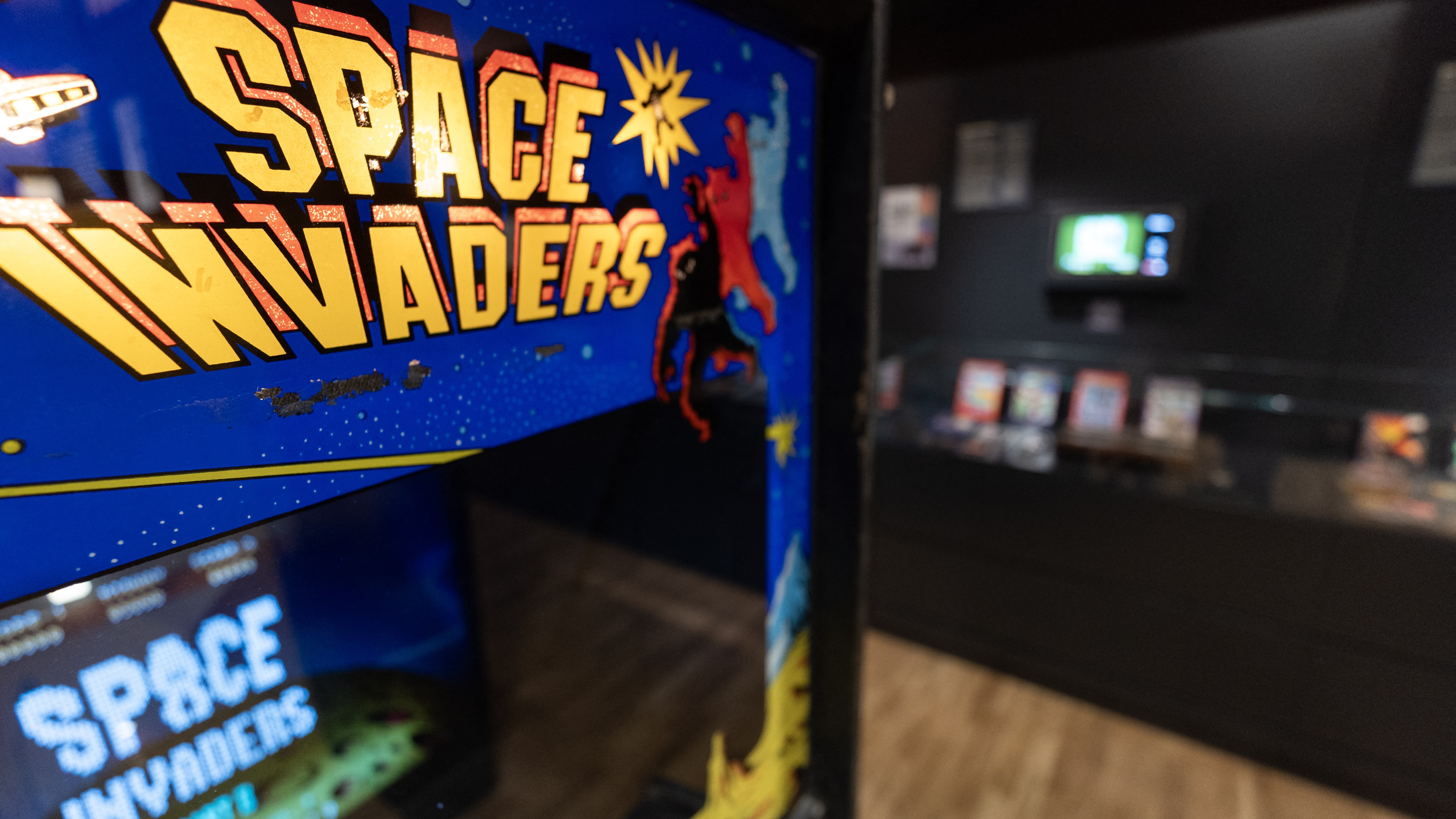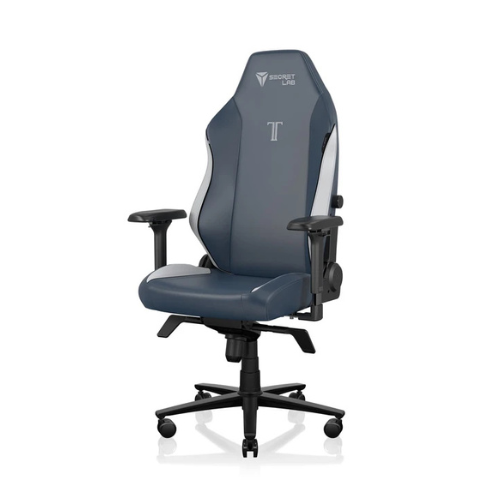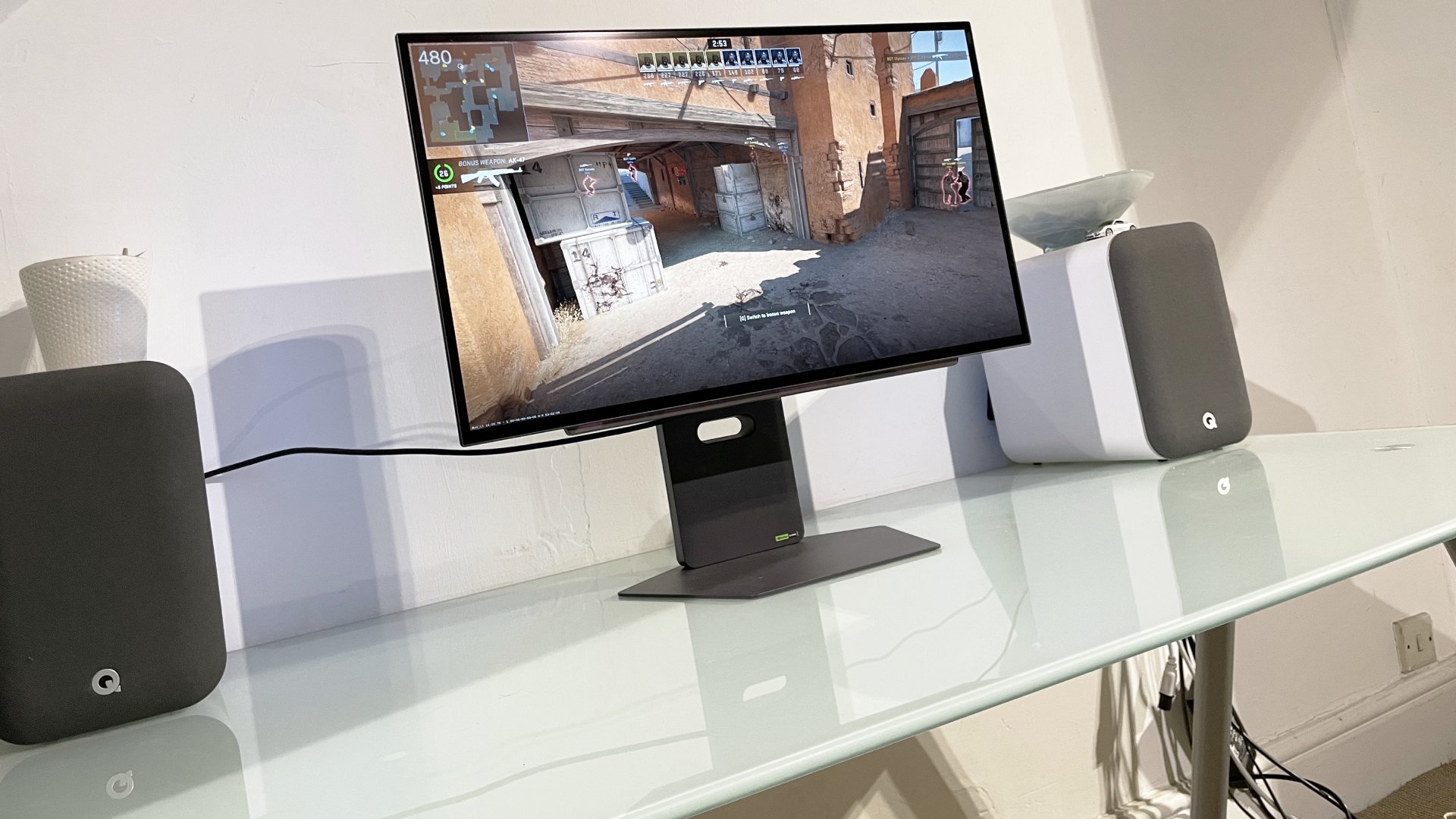Space Invaders creator recalls building arcade games with mirrors, making a prototype console that never saw release, and how short-sighted Taito's sales team was about videogames: 'These things will never sell'
"Younger people who want to make games should play really old games… there is something shining within them."

Time Extension has a new interview with Tomohiro Nishikado, the designer known for his long career at Taito and in particular the creation of Space Invaders. The 1978 arcade game has a good case for being the single most famous videogame ever, and upon release became a craze and phenomenon (a popular urban legend claimed it caused a shortage of Japan's 100-yen coin), swiftly becoming the best-selling arcade game of all time and cultural icon.
Nishikado's career began at a Taito subsidiary working on early arcade games, which did have electronic elements but were also mechanical in construction: the first project he worked on, Sky Fighter, used mirrors to reflect model planes at the player and create the illusion of flight. It was a smash hit.
"Of course, the first wave of electronic video games also came from America, such as Pong from Atari," says Nishikado. "Due to my electronics background, I had a strong interest in these video games, so I brought a copy of Pong to the office, analyzed it, and tried to make something different from it. This was because I strongly believed in the potential of electronic video games for the future. Unfortunately, the sales team thought differently and didn't want to do any of these more modern electronic video games. Always saying that 'these things will never sell.' After figuring out how Pong worked, I made a soccer game."
Nishikado focused on soccer because the market was flooded with Pong clones, so having two 'players' on each side of the screen (a goalkeeper and a forward) and smaller goals differentiated it. "Following the soccer game, I did basketball," Nishikado recalls. "This had a basket at each end and added a more human-like character, rather than just a bar. I was later told that this was probably the first time in video game history that a human-shaped character had been used like that."
Over this 4-5 year period before Space Invaders, Nishikado worked on several titles in different styles: a driving game called Speed Race, multiplayer racing game Fisco 400, a first-person jet fighting game called Interceptor, and the 2D duelling game Western Gun. None of these were coded, but built using various electronics and integrated circuits soldered together.
"For Space Invaders, that was the first one to use code, and I wrote that in assembly," says Nishikado. "There was a CPU called 8080, and that CPU came with its own assembler. I studied it by myself and then wrote the game… I saw the very first software-programmed game in America, and I knew then that this would be the future of video games, and we need to catch up."
The benefits of the software approach were obvious, primarily that the same hardware could now be used to run different games. "As for how Space Invaders came about, the first reason was that the game Breakout by Atari, I was shocked by its simplicity," says Nishikado. "This was because back then, video games were all trying to look more authentic or realistic, but Breakout was very simple and abstract. That made me realize that the fun factor is the most important part of a game, and not necessarily its graphics.
Keep up to date with the most important stories and the best deals, as picked by the PC Gamer team.
"I felt that if you switched the blocks in Breakout into a character, it might be more fun. The other idea was, why not change Breakout into a shooting game? The most satisfying element of Breakout was deleting all the blocks. That feeling was what I wanted to recreate. That meant the basic concept of Space Invaders was to similarly clear the screen of enemies."
Nishikado toyed around with what the blocks should become, trying the usual tanks, airplanes, and even soldiers. The way the latter were animated made them look fun but Nishikado had "a sense that it wasn't right to have a game where you shoot people with guns. Around this time, Star Wars was about to be released, and that meant space or sci-fi elements could be used. That made me think of aliens, and that it would be okay to shoot aliens. They're not human after all."
The young creator took inspiration from HG Wells' The War of the Worlds, where the aliens are described as looking something like an octopus ("that's why you also have crabs and squids as aliens in the game"), and added a demo loop so players could see how the game played.
Space Invaders became one of the biggest smash hits in videogame history, but Nishikado was just bummed that hardware limitations meant he couldn't move the aliens faster. "I do feel proud to have contributed to the history of video games, but back in the 70s and 80s, I didn't feel that way."

In a move that seems bizarre, but was rather typical of some corporate cultures at the time, Nishikado's success saw him put to work on various versions of Space Invaders, before being moved off game development entirely to work on things like "robots for amusement facilities." In a real 'what if' moment for Taito he even "made a prototype for a new games console, but that was not approved by the sales team as they were purely focused on arcade games."
The Taito sales team, as it was back then, hovers in the background of Nishikado's recollections like a ghost: it clearly exerted great influence on what the company would allow the creatives to make.
"I think it's very important for creative people and developers to try and make something on their own, and then see if it's fun or not," says Nishikado. "The game development process in Taito eventually changed, and we, the game creators, were increasingly expected to listen to the sales team, which came up with new title concepts they thought it would sell. Then we started game development based on that.
"Personally, I don't think that is the correct approach. Creators should try to make a game on their own first, and then it should expand into a larger project. This is what I've felt throughout my whole career.
"The point is that it needs to be creatively led first, before the management gets involved. If you don't try to make something first, you will never know if it's fun or not. Younger people who want to make games should play really old games. They may not have good graphics, but there is something shining within them in a playable sense. There's definitely something to be learned from those games and also to inspire people to make something new. Forget about the graphics, focus on the core design. What makes it fun."

👉Check out our list of guides👈
1. Best gaming chair: Secretlab Titan Evo
2. Best gaming desk: Secretlab Magnus Pro XL
3. Best gaming headset: HyperX Cloud Alpha
4. Best gaming keyboard:Asus ROG Strix Scope II 96 Wireless
5. Best gaming mouse: Razer DeathAdder V3 HyperSpeed
6. Best PC controller: Xbox Wireless Controller
7. Best steering wheel: Logitech G Pro Racing Wheel
8. Best microphone: Shure MV6 USB Gaming Microphone
9. Best webcam: Elgato Facecam MK.2

Rich is a games journalist with 15 years' experience, beginning his career on Edge magazine before working for a wide range of outlets, including Ars Technica, Eurogamer, GamesRadar+, Gamespot, the Guardian, IGN, the New Statesman, Polygon, and Vice. He was the editor of Kotaku UK, the UK arm of Kotaku, for three years before joining PC Gamer. He is the author of a Brief History of Video Games, a full history of the medium, which the Midwest Book Review described as "[a] must-read for serious minded game historians and curious video game connoisseurs alike."
You must confirm your public display name before commenting
Please logout and then login again, you will then be prompted to enter your display name.

